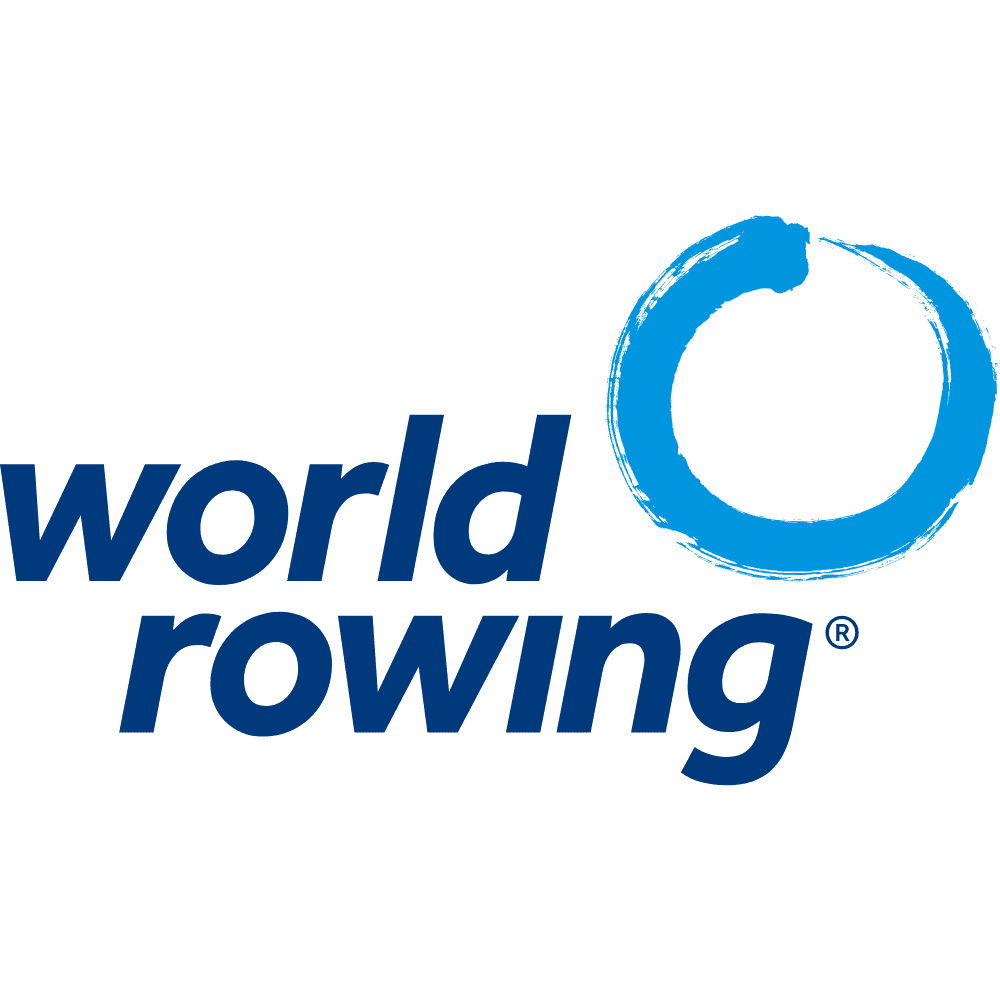
25 Jul 2021
Top three finish the goal in Olympic rowing regatta quarter and semifinals
Despite no spectators at the Sea Forest Waterway, there was still an Olympic atmosphere with the colours of the countries and a visible intensity of the athletes. Temperatures of 30 degrees Celsius and a small cross-head wind greeted the rowers today.
Women’s single sculls (W1x) – Quarterfinals
The goal was to be in a top three position to get to the semifinals and Quarterfinal One featured World and European Champion Sanita Puspure of Ireland and World bronze medallist Kara Kohler of the United States. But at the start it was Paraguay in the lead. This didn’t last though as Kohler got into a small lead over Serbia’s Jovana Arsic. Kohler remained in the lead through the half way point as Puspure looked to be starting to move, but was still in third behind China’s Yan Jiang. Puspure has had a rather slow 2021 season with a third place at World Cup II – her only 2021 showing.
Then Puspure did a push in the third 500 and got her bow ball in front. Kohler looked out of her boat and held on, countering Puspure’s piece. Kohler was the first American to be named for the Tokyo Olympic team after she won the singles trials against Rio Olympic medallist Gevvie Stone. Puspure was rating 33 to Kohler’s 31 with Jiang holding on to the leading pace. They were now in the red buoys marking the last 250m and it didn’t look like any of the three leaders were sprinting. The order stayed the same.
Quarterfinal Two had Victoria Thornely of Great Britain the first to show. Thornley is a former equestrian rider and in Rio she won a medal in the double with Katherine Grainger. Thornley has had a rocky few years with injury but today she looked great as she led over 2021 European Champion Hannah Prakatsen of ROC. These rowers last raced two days ago in the heats. Both Thornley and Prakatsen rated 32 as they paced each other at the head of the field.
Prakatsen then got her nose in front with Canada’s best single sculler, Carling Zeeman, in third with Sweden’s Claesson back in fourth. Prakatsen now had a boat length ahead of Thornley and was underrating her by a pip – 31 to 32. Then Prakatsen really stretched out her lead. Prakatsen comes from Belarus and moved to competing for Russia in 2016. She joined the Russian team camp in Athens where Gianni Postiglione helped coach her. Zeeman was now overtaking Thornley with Thornley looking unreactive. Prakatsen had won.
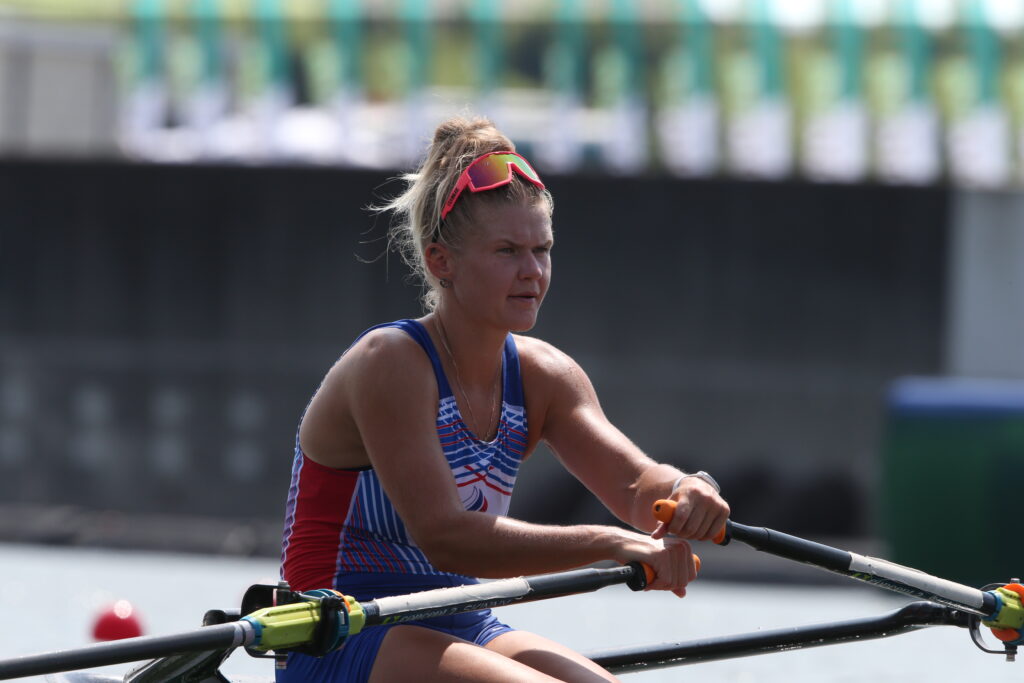
Souwer and Chow had the highest rating at the start of Quarterfinal Three. But it was Magdalena Lobnig of Austria that got to the 500m mark in the lead. Sophie Souwer of the Netherlands and Kyridou of Greece followed closely. Lobnig is a two-time bronze medallist at the Worlds, but is yet to get the elusive gold. Souwer has spent a lot of her rowing career in bigger boats, including a win in the women’s four at 2021 World Cup II. Kyirdou qualified for these Olympics at the Final Olympic Qualification Regatta in May after finishing first.
Souwer was holding on to Lobnig with Kyridou just a bit back. Could anyone get back on these three leaders? Kyridou then started to sprint. Souwer reacted back and Lobnig also sprinted. The sprint didn’t last and was not needed all the way to the line. Lobnig finished sixth in Rio. Can she do better this time?
The middle lanes in Quarterfinal Four had New Zealand’s Emma Twigg and Switzerland’s Jeannine Gmelin. Both scullers are former World Champions. Both have been single sculling for years. The quickest at the start was Chinese Taipei. Then by the 500m mark it was Twigg in the lead with Malaei of Iran in second. Nazanin Malaei, 29, comes from running but was talent spotted and took up rowing in 2007. Gmelin was in third.
Twigg then pushed out to an open water lead. Twigg finished fourth at Rio and retired after that, but decided to come back to this being her fourth Olympic Games for one last shot. Gmelin then got ahead of Malaei to move into second. But no one looked able now to catch Twigg. Twigg was dominating this race and going faster than Prakatsen at this same time in the race. Impressive! Twigg now had a yawning gap back to Gmelin who was 8 seconds back.
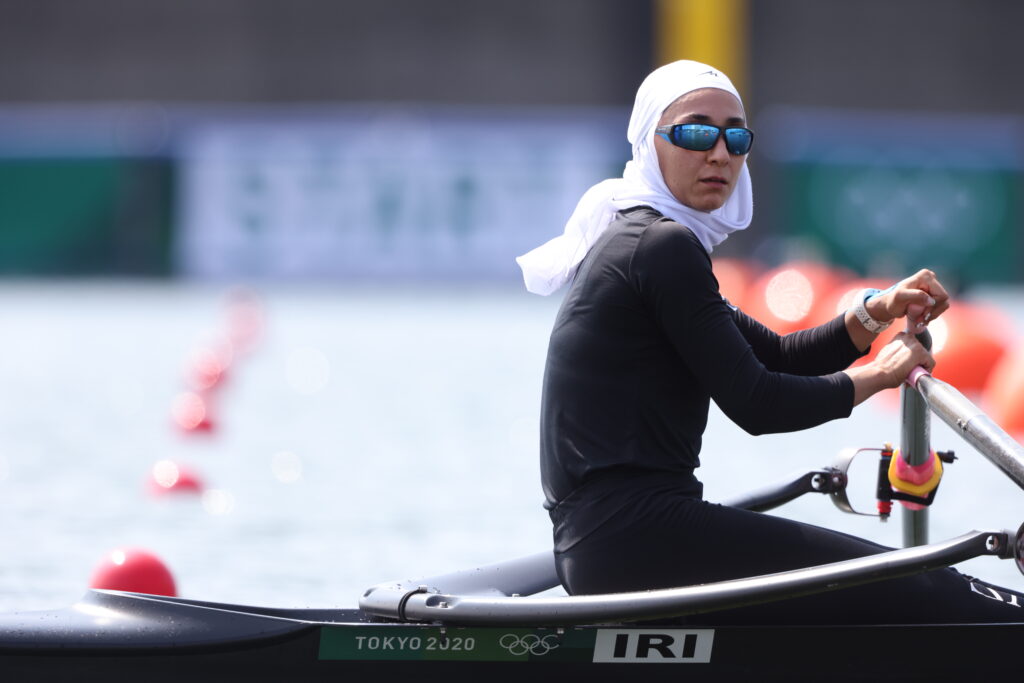
Qualifiers: IRL, USA, CHN, ROC, CAN, GBR, AUT, NED, GRE, NZL, SUI, IRI
Men’s single sculls (M1x) – Quarterfinals
Right from the start of Quarterfinal One it was Kjetil Borch of Norway showing the way. This is Borch’s third games with Rio seeing him win a medal in the men’s double. He then turned to single sculling and won the 2018 World Rowing Championships. Then Stefanos Ntouskos, 24, of Greece got is bow ahead of Borch. Ntouskos won the Final Olympic Qualification Regatta to earn his spot here and he was giving Borch something to think about as he stuck with him. These two scullers moved away from the rest of the field with Di Mauro of Italy back in third.
Ntouskos got to the middle of the race just a fraction ahead of Borch and continued to charge on. Then in the third 500 Borch did a push. Ntouskos had no answer as Borch went to 37 strokes per minute and pulled clean away. Borch must have been sending a message to all of his competitors. But Ntouskos was still there in second and pushed back in the final 200m. Italy finished in third.
The fastest at the start was Trevor Jones of Canada in Quarterfinal Two. The two-time under-23 World Champion was at his first Olympic Games and he won his heat two days ago. But it was the world silver medallist Sverri Nielsen of Denmark who had the lead with Vyazovkin of ROC in second over Jones. Nielsen took up rowing in the Faroe Islands – his home. He has been rowing internationally for nearly a decade.
The top three scullers now looked rating set, with Nielsen having an open water lead over Alexander Vyazovkin and Jones staying in touch with the ROC rower. Coming through the final 500m mark Jones had got himself just a fraction ahead of Vyazovkin. The Russian qualified for these Olympics through the Final Olympic Qualification Regatta and he will join Nielsen and Jones in the semifinals.
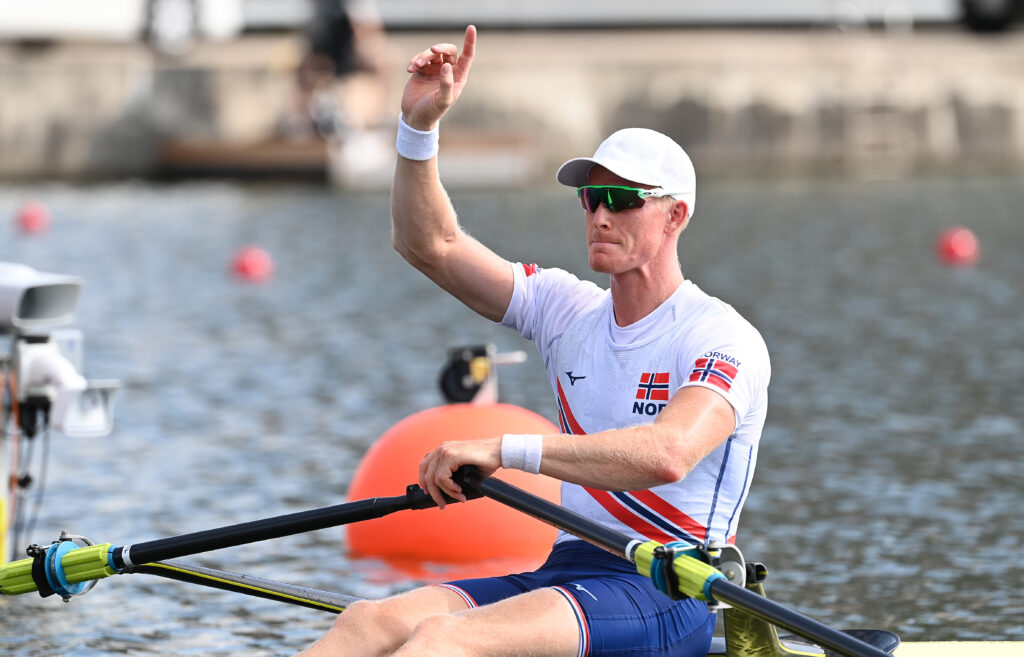
Damir Martin of Croatia is everyone’s favourite after he just missed out on gold at the Rio Olympics by 1000th of a second. Martin has been up and down in his results through this last quadrennial, but he’s back for Tokyo. Fastest off the line in Quarterfinal Three was Martin, with Hungary the closest to the Croatian. Bendeguz Petervari-Molnar of Hungary had the highest rating at the start and was having a great race so far. But by the first 500m mark Martin already had an open water lead over Hungary and Arakawa of Japan held tightly on to third.
Martin rated at 34 through the body of the race and he crossed the half way point ahead of Hungary and Japan with the Czech Republic in fourth. The order looked pretty set but then Arakawa came up to challenge the Hungarian. Arakawa took up rowing at university and was having a great race on his home waters. Martin then went down to 30 and did not sprint the finish, cruising home still with an open water lead. Martin looks set to do damage at this regatta.
It was a good start by Lucas Ferreira of Brazil at the beginning of Quarterfinal Four. The World Champion, Ollie Zeidler of Germany was a bit more conservative. But Zeidler still managed to get to the 500m mark in the lead with Ferreira and Lithuania’s Mindaugas Griskonis in third. Zeidler tried for the Rio Olympics in swimming, but missed out and changed to his family’s sport of rowing. Ferreira continued to hold on to Zeidler and was practically neck-and-neck with the World Champion. Just 0,25 of a second separated them at the 1000m mark. Zeidler then took his stroke rate to 35 and then 36 and moved to a half boat length lead. Now Griskonis, at his fourth Olympics, came through to take on Ferreira and coming into the final sprint Griskonis was in second. New Zealand’s Parry was in fourth but was off the pace. Ferreira came back and overtook Griskonis. Zeidler now looked like he was taking it easy. No big sprint came, but Ferreira did keep the heat on to finish second.
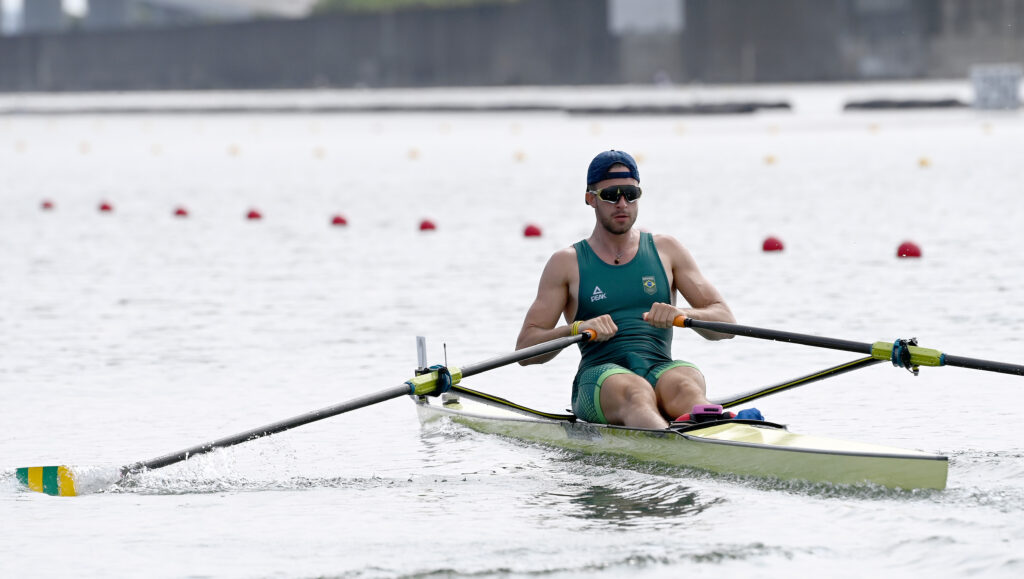
Qualifiers: NOR, GRE, ITA, DEN, CAN, ROC, CRO, HUN, JPN, GER, BRA, LTU
Women’s Double Sculls (W2x) – Semifinals
In Semifinal One it was Romania in the lead. They had won their heat two days ago and in the fastest qualifying time. Behind them a line had formed including the World Champion New Zealand crew. The New Zealand boat has had one change from the 2019 boat with Hannah Osborne coming in for Olivia Loe. Romania’s Ancuta Bodnar and Simona Radis continued to lead. They were first at World Cup II and are also the 2021 European Champions. The New Zealand crew then did a push and broke away from the pack. Osborne, together with Brooke Donoghue, was trying to close on Romania.
This put the Lithuanian Rio medallists back in third and then a long way back to Italy. Lithuania’s crew of Karaliene and Valciukaite is back together after a post-Rio break where Karaliene had twins before coming back to rowing. Romania then pulled away from New Zealand going to 40 strokes per minute. They were holding their own race at the head of the field. New Zealand took second with Lithuania in third.
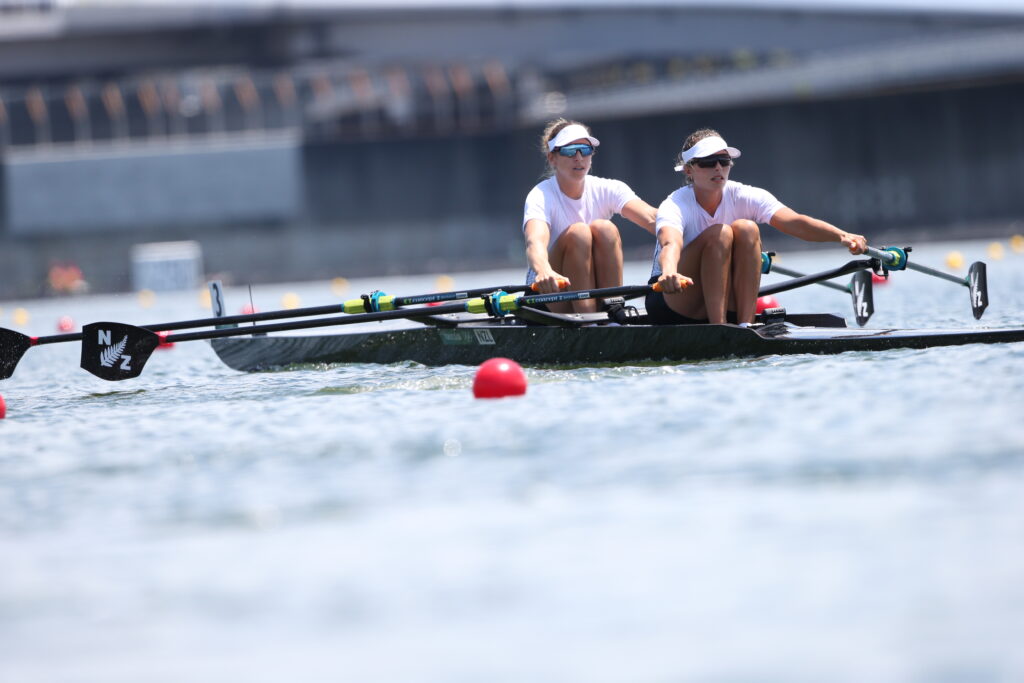
The two fastest from the heats in this Semifinal Two were the United States and Canada. But it was the Netherlands that was the first to show. The Dutch crew of Roos de Jong and Lisa Scheenaard finished first at World Cup III and second and World Cup II. They had recently learned that their coach tested positive for Covid.
Canada’s Smith and Sevick then pushed past the Dutch boat at the half-way point. The Dutch were now in second and then a full on battle for third was going on between the US, France and Australia. The United States did a push and got just ahead of France. In the US boat, Gevvie Stone is the Rio silver medallist from the single. Australia was holding on and at the 1500m mark the US had a small edge over France. Then the Dutch started to wind it up and they moved up on Canada. Behind them the United States was giving it their all and were ahead of the French. Could they hold on for the last 250m? Australia looked tired. The Netherlands had taken the lead. What great timing.
Qualifiers: ROU, NZL, LTU, NED, CAN, USA
Men’s double sculls (M2x) – Semifinals
Getting away well was New Zealand’s Lopas and Harris as well as Germany and Poland. Judging by the heats two days ago this race was going to be close. Poland’s Biskup and Zietarski medalled at the 2019 World Rowing Championships and this season they have gold from World Rowing Cup III. They took the early lead. Coming up on Poland was France. Androndias and Boucheron were in second with Great Britain in third. Behind them New Zealand and Germany would have a lot to do to get into the Final from their current spot.
France continued to move and they got a commanding lead over Poland and Great Britain’s Collins and Thomas. Great Britain then tried to move up on Poland, but the Poles held them off.
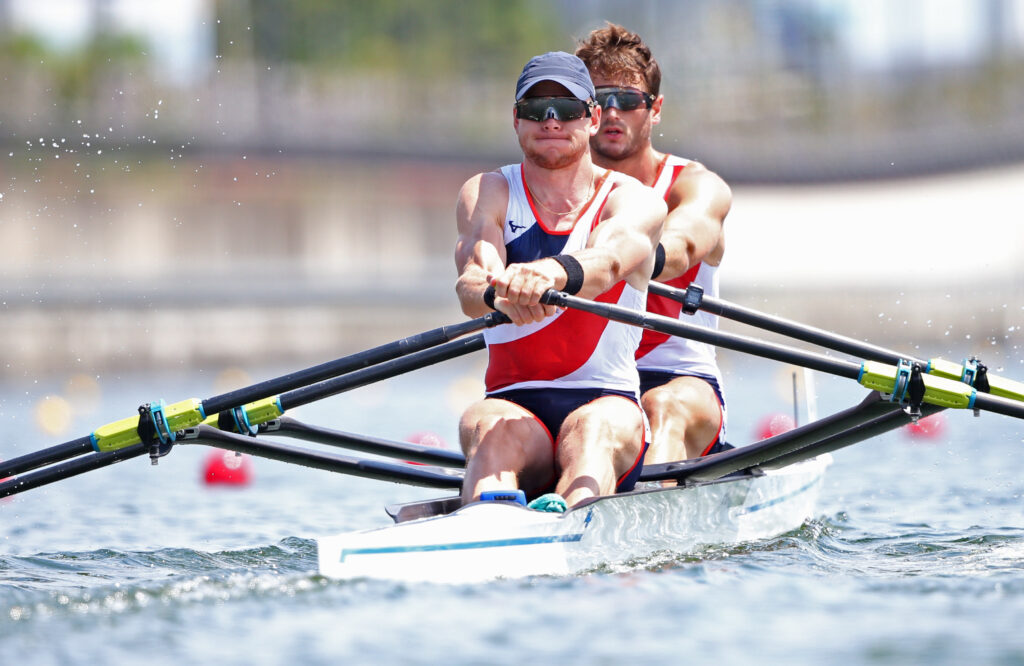
Semifinal Two had the Dutch crew of Twellaar and Broenink who set an Olympic Best Time in the heats two days ago. They looked to be the boat to watch. But they were up against the World Champions from China. It was practically equal at the start before China began to show. Zhiyu Liu and Liang Zhang of China looked in good form after not having such a good race in their heat. The Dutch were in second and Switzerland in third. China went a bit crooked, corrected and kept in the lead. In third was Switzerland who finished fifth at the World Champs. Their country has never won an Olympic medal in this boat class.
At the half-way point China remained in first with ROC now taking on Switzerland. The Dutch then moved. Broenink was taking his boat up on China. The Chinese reacted back trying to hold off the Dutch as Switzerland pushed away from ROD. Twellaar and Broenink now had the lead and they kept the pace on to move away from the Chinese. Switzerland was firmly in third. But Russia was sprinting. It was too late. Switzerland had earned a spot in the final. The Dutch and France had recorded almost identical finishing times.
Qualifiers: FRA, POL, GBR, NED, CHN, SUI
